A new California law kicking in on July 1 is set to shake up how restaurants do their pricing.
Say goodbye to those extra “junk fees” and surcharges that restaurants often add to your bill to cover various costs, from employee benefits to kitchen upgrades.
Rising Fees For Restaurants in California

Gavin Newsom’s new law, which increased the minimum wage of fast food workers in California, has recently caused controversy within the state.
However, it’s not only the minimum wage law that’s garnered backlash from residents of the Golden State.
Governor Newsom Puts an End to Junk Fees
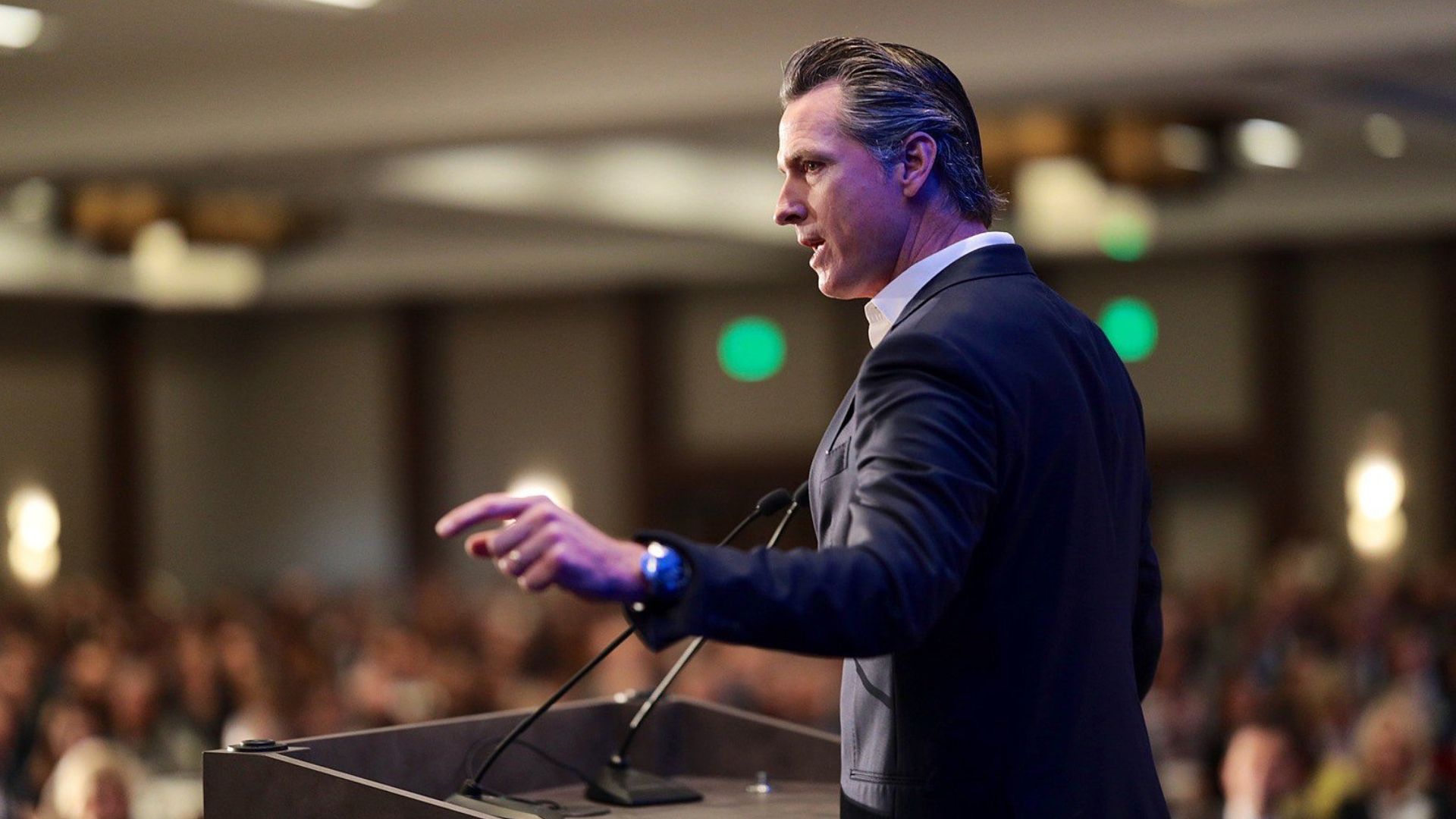
Just recently, Governor Gavin Newsom signed a piece of legislation that bans “junk fees” across California eateries.
This move aims to clean up the final bill you get at restaurants but puts owners in a tight spot as they figure out how to keep the lights on without these extra charges.
Surcharges: A Thing of the Past
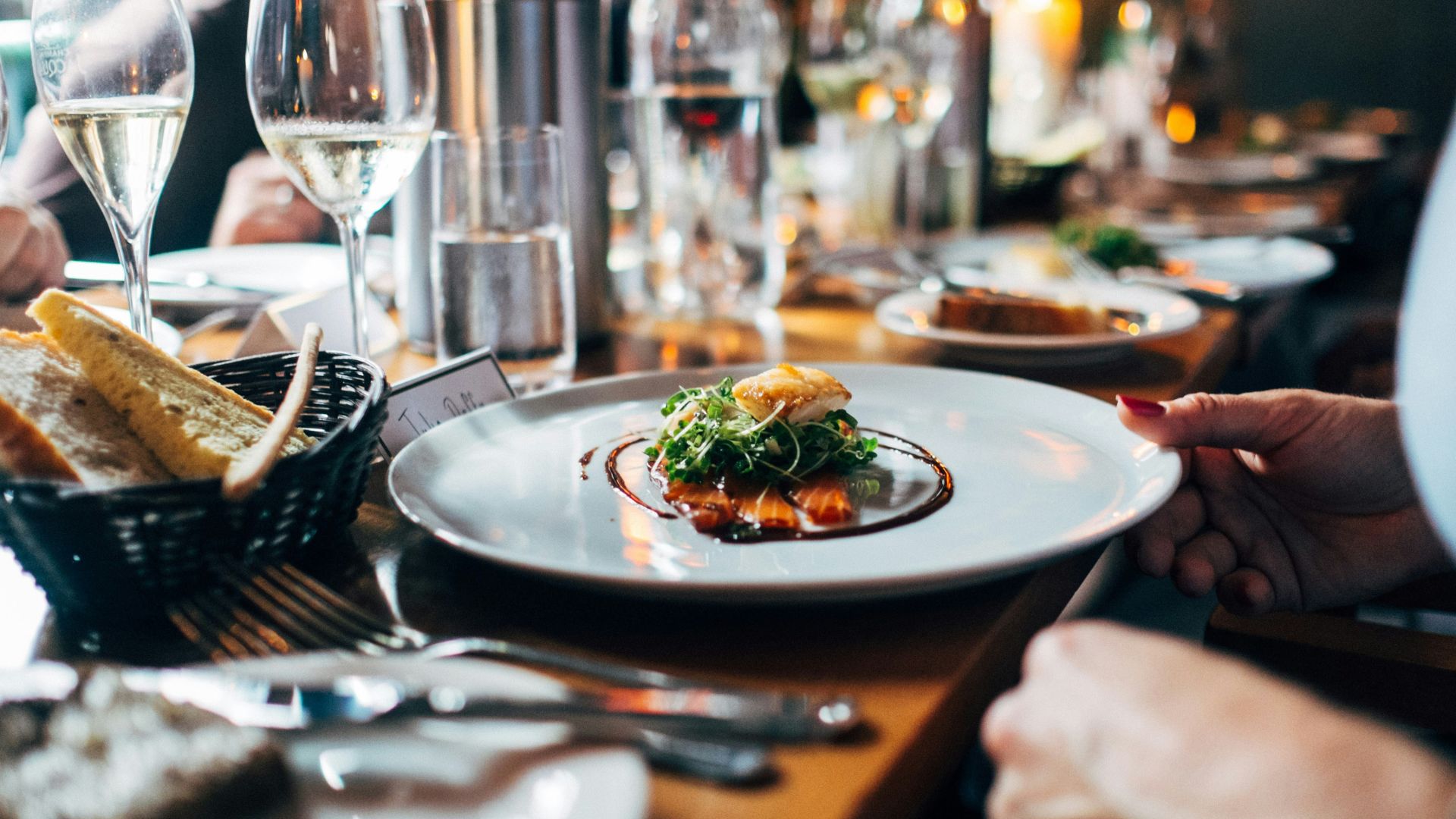
Until now, it wasn’t unusual to see an extra charge on your restaurant bill, with some places clearly listing these surcharges while others left it up to you to chip in.
These fees often helped cover not just the day-to-day costs but also provided crucial benefits like health care to staff. With this new law, that’s all changing.
Restaurant Owners Scramble to Adjust

With the ban on surcharges, restaurant owners across California are crunching numbers to find new ways to balance the books.
Expect to see menu prices going up as they try to compensate for the loss of these additional fees while still managing to keep their staff well-supported.
Legal Confirmation: No More Fees

The state’s attorney general made it clear this week in a statement to the San Francisco Chronicle: under the new legislation, adding any extra surcharges to your dining bill is now off the table.
This marks a major pivot in how restaurants can generate extra income.
CADOJ Releases Statement on New Law

SB 478 was initially signed in 2023. It aimed at ensuring consumers knew the real price of goods, including concert tickets and airline prices. California’s Department of Justice is now saying the law also applies to restaurants.
“SB 478 applies to restaurants, just like it applies to businesses across California,” said the CADOJ.
Letting Consumers Know the Price

According to the CADOJ, the new law aims to ensure consumers know what price they will pay each time they eat at a restaurant.
“The law is about making sure consumers know what they are going to pay and requires that the posted price include the full amount that a consumer must pay for that good or service,” they said.
Tough Choices on the Horizon
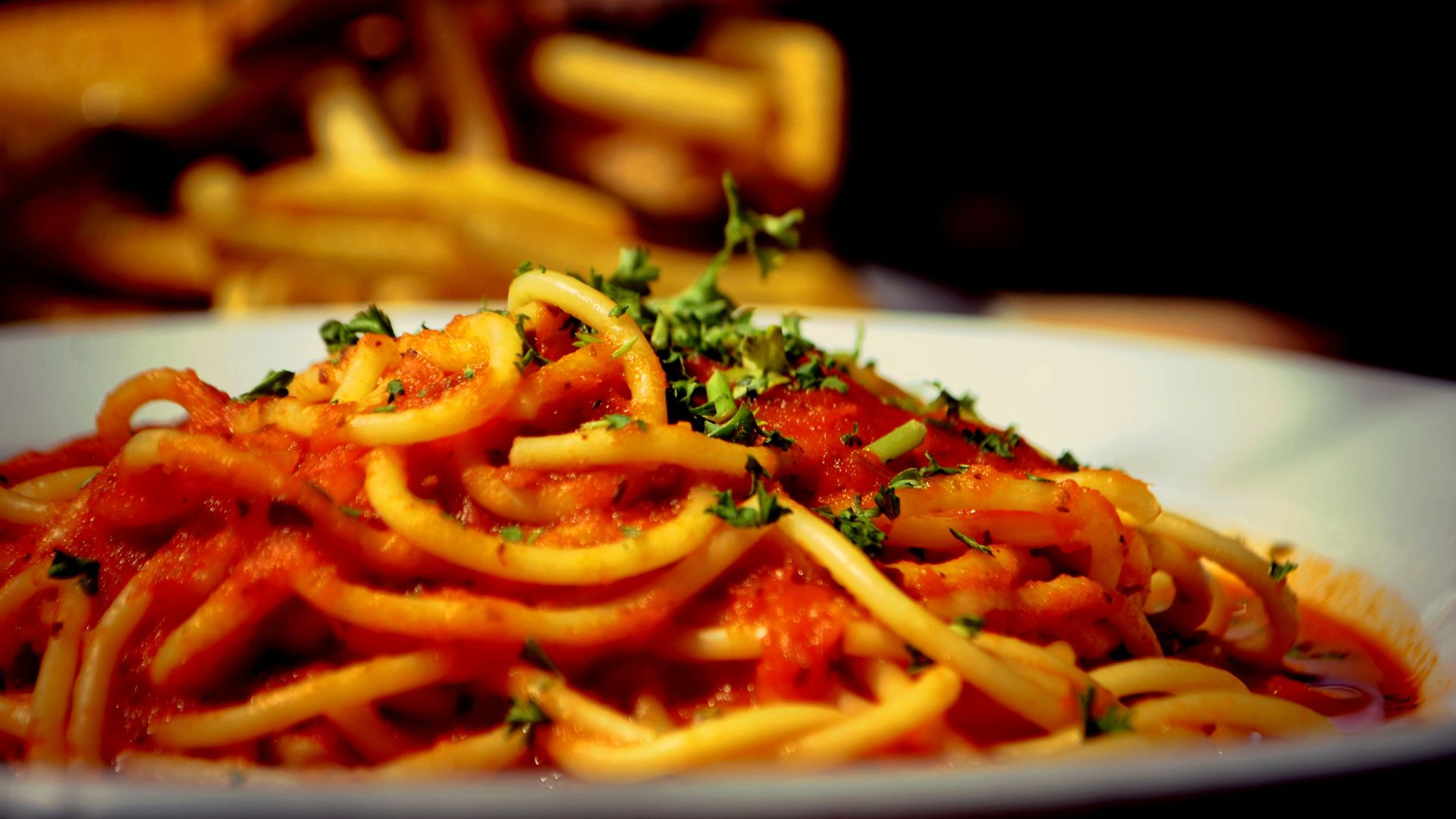
Laurie Thomas from the Golden Gate Restaurant Association outlined the grim choices restaurant owners face.
She noted they will either have to cut down on employee wages or hike up menu prices. It’s a hard decision that could reshape the local dining scene significantly.
Considering the Cost of Dining Out

During an interview with CBS News Bay Area, Thomas explained difficult choices lie ahead for employers.
Ultimately she believes restaurants will be forced to choose between higher prices for customers or lower wages for employees.
New Dilemma For Restaurant Owners

Thomas said, “So, now, do you take their rate down and do you go to an old-fashioned tip model and say to your servers.”
She continued, “You have to tip the whole house, but that drops everybody’s salaries’ or do you raise your prices 20%, 25%?” It’s a dilemma that could change how we tip or what we pay at the register.
Will Diners Digest the Price Hike?

There’s real uncertainty about how diners will react to these necessary price hikes.
Thomas hopes for understanding, saying, “It might make a lot of customers happier. They might say, We understand why prices went up.’”
A Tough Year For the Restaurant Business

At the end of her interview, Thomas said regardless of how restaurants choose to proceed, shes hopeful customers can understand the tough position the owners are in.
“Let’s hope that happens. But I don’t know if our industry can hope that’s what happens. They’re still struggling. It’s been a tough year.”
A Writer’s View on Rising Costs

Marcia Gagliardi, a prominent food writer, shared her views, predicting that restaurants will soon be forced to raise their prices.
This estimate suggests that eating out could soon hit your wallet harder than before.
Restaurants Will Raise Prices By 15%
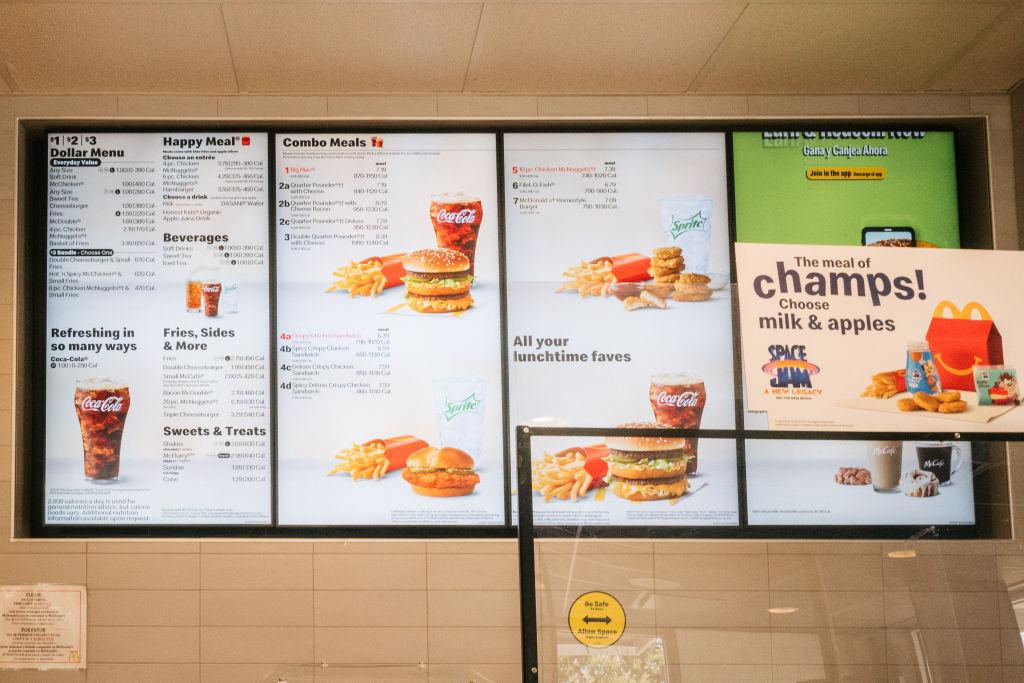
According to the food writer, Newsom’s new law may see restaurants increase their prices by up to 15% in the coming months.
“I see restaurants easily raising prices 5%, 15%. It’s going to be tricky,” she told the outlet.
Optimism Amidst Uncertainty
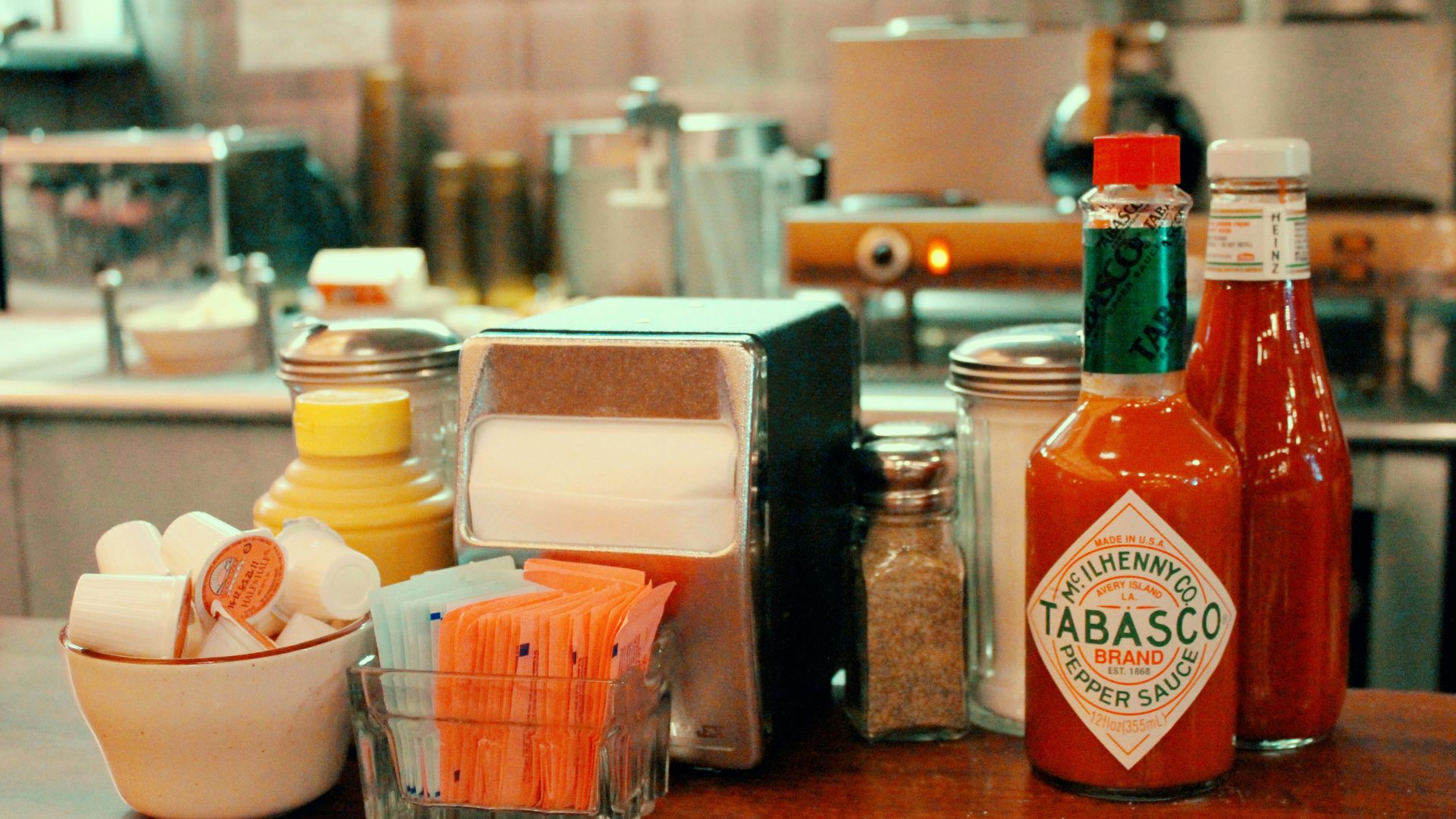
Yet, there’s a silver lining according to Gagliardi.
She remains hopeful, saying, “But not all is lost. Things could change,” hinting at potential adjustments down the road that might soften the blow for both eateries and their patrons.
Service Fees Weren’t Used to Fatten Wallets

Speaking on the new law, National Federation of Independent Business California Director John Kabatek claims service fees weren’t implemented to make local restaurant owners richer
“Small business owners are not imposing these service fees to fatten their wallets,” said Kabatek.
Small Businesses May Be Forced to Shut Down

According to Kabatek, the business owners used service fees as a last resort, but without them, restaurants may be forced to shut down.
“It’s the last recourse many have to offset the high cost of operating thanks to the legislature without sending their employees home with a pink slip,” he said.
Families Are Hit Hardest By Fees

“Bonta said families trying to make end meet are hardest hit by these service fees but he’s not taking into consideration the small business owners.”
“If they can’t’ make ends meet, it’s not going to do any good for the consumer or employee if that business owner has had to shut his or her doors,” Kabateck continued.
A Clearer Look at Your Bill
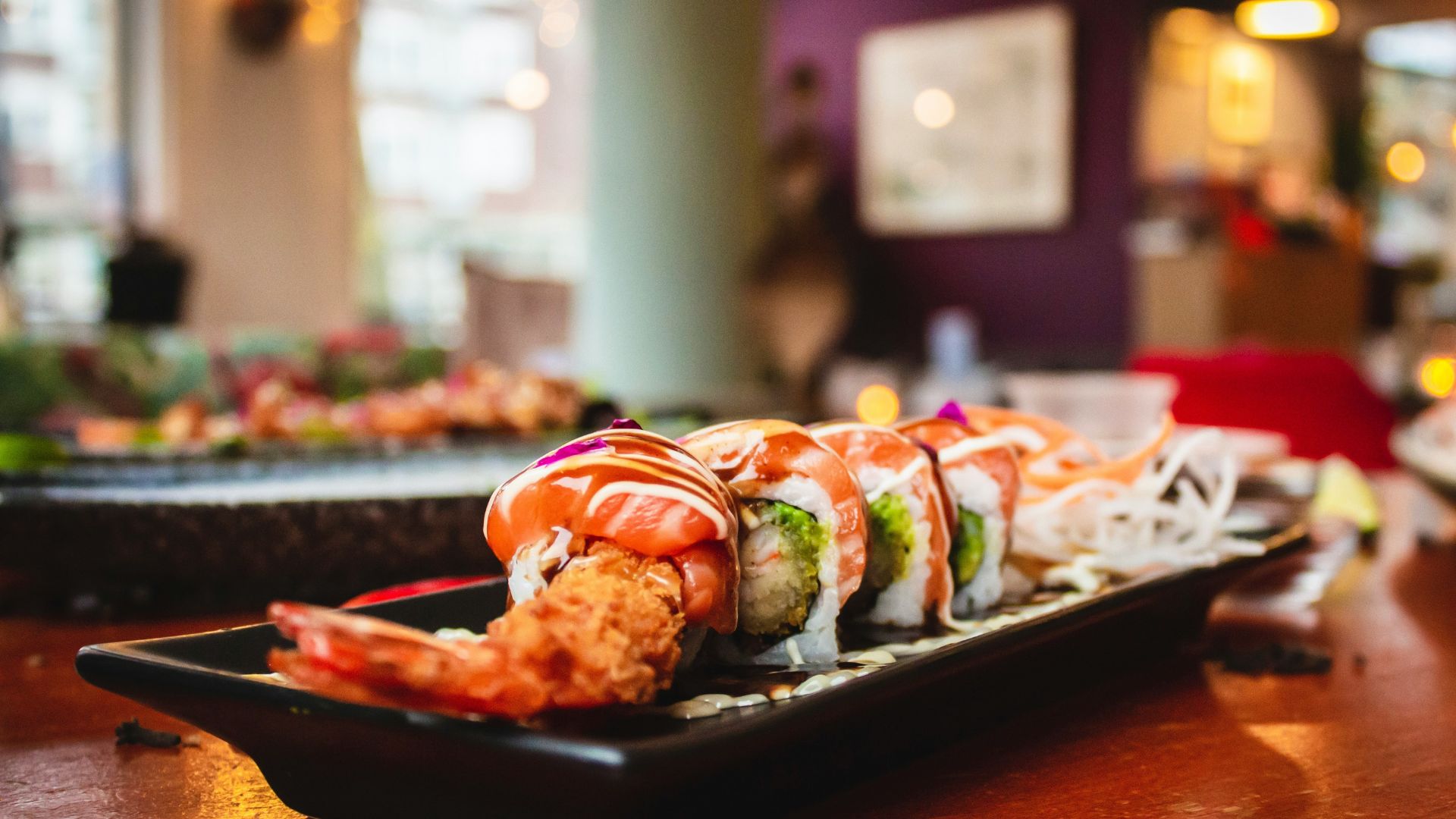
Starting this July, when you check the menu, what you see in terms of pricing will be what you actually pay.
This transparency is something new and possibly a welcome change for diners who disliked surprises on their bills, even if it means paying a bit more upfront.
Navigating the New Dining Economy
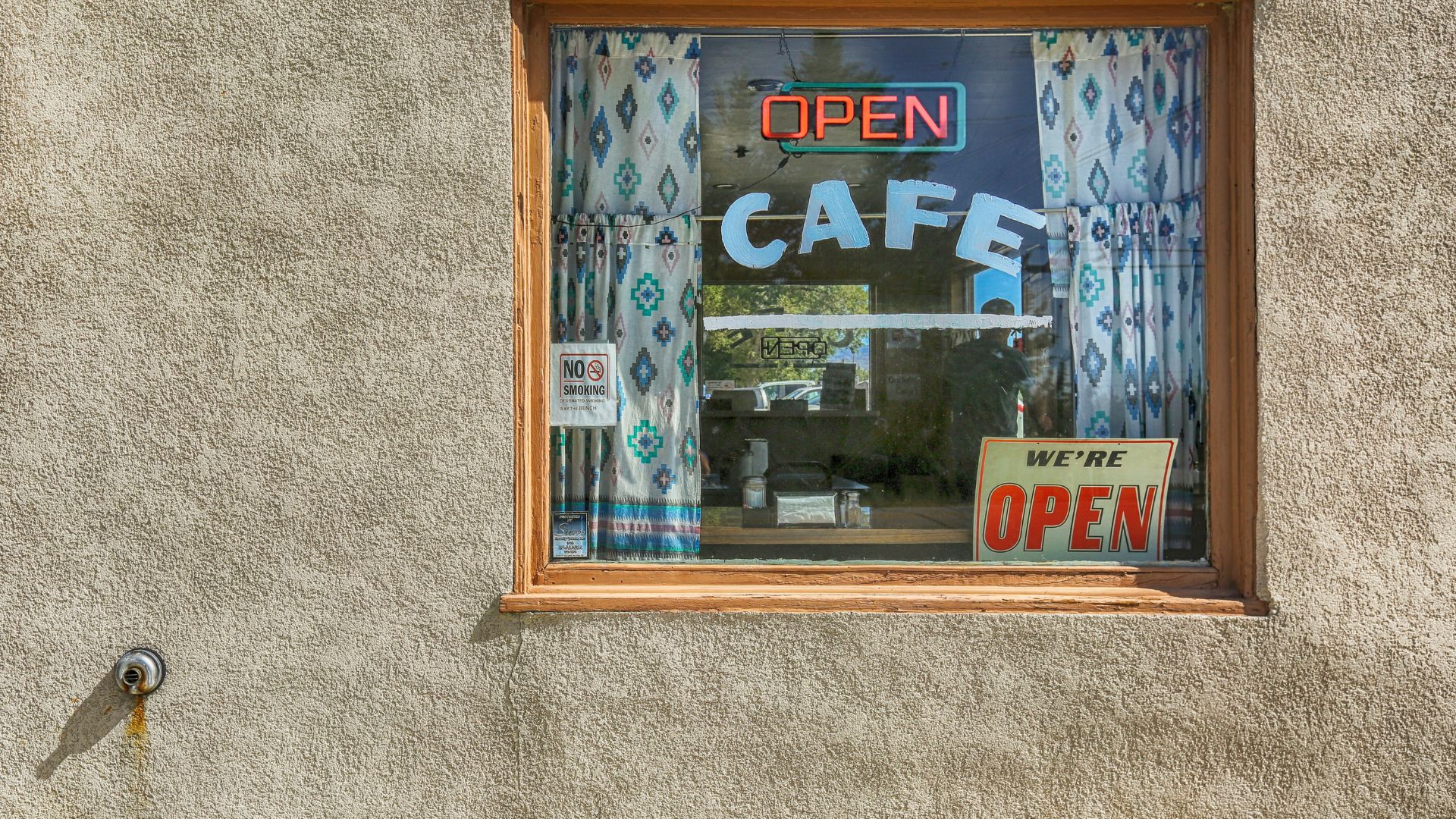
As these new rules take effect, everyone from the small café owner to the big-time restaurateur, not to mention customers, will need to adapt.
The disappearance of these fees means rethinking how much to spend on dining out, indicating a significant shift in California’s restaurant culture.
Extended Implications

As California prepares for the implementation of SB 478, it’s important to consider the often-overlooked effects of such a regulatory change.
After all, the new law, intended to create transparency, may reshape the very fabric of restaurant economics and customer interactions in unforeseen ways.
Customer Perception and Behavioral Changes

With SB 478 mandating upfront pricing, customers may experience initial sticker shock at higher menu prices.
Over time, this transparency could lead to a more trusting relationship between diners and eateries.
Will Californians Begin to Eat Out Less?
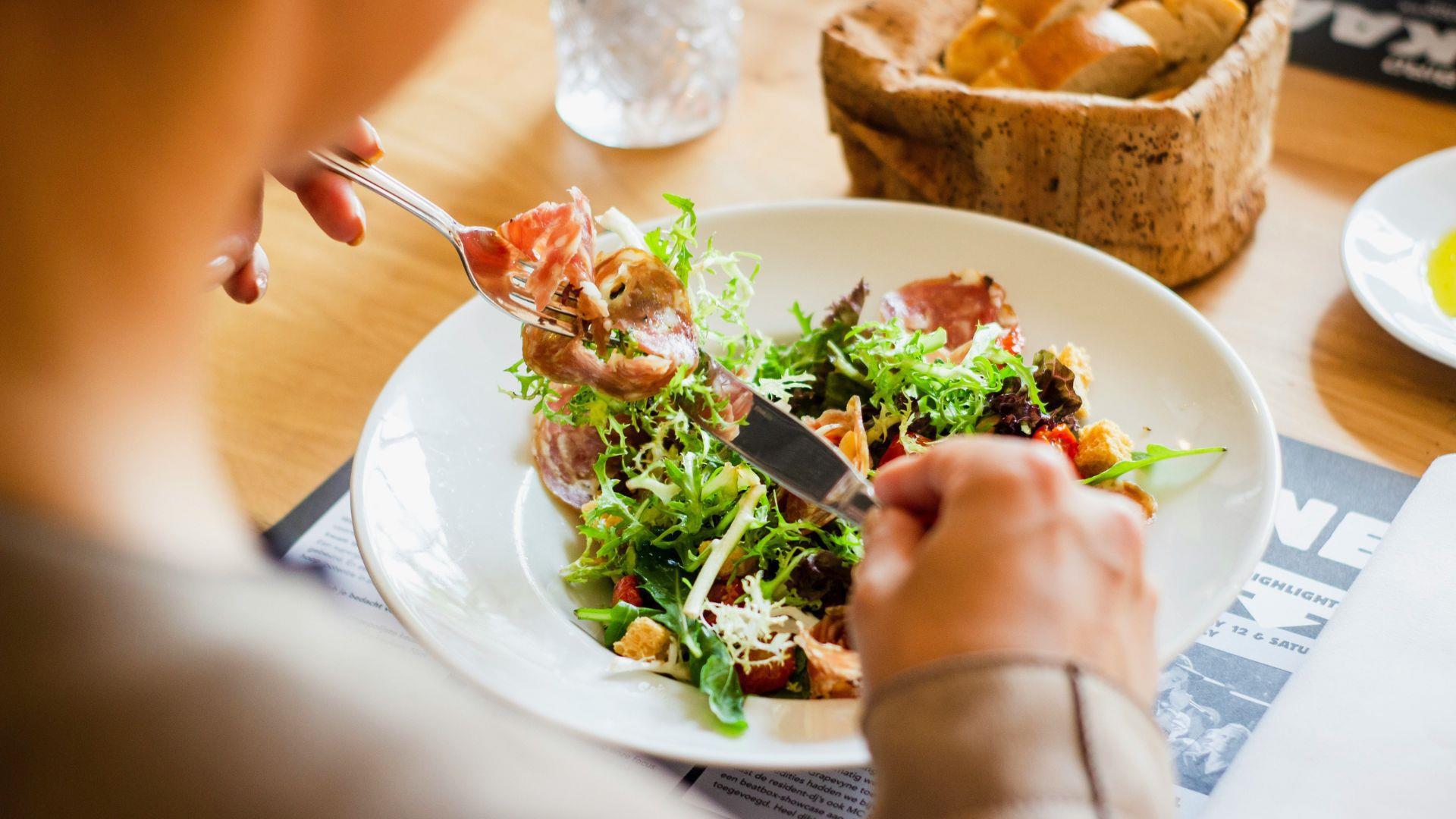
Higher visible costs could deter frequent dining, prompting consumers to become more selective about when and where they eat out.
This could lead to a lot less business for many restaurants in the state, further affecting their finances.
Impact on Restaurant Staff

The removal of surcharges means that restaurants might have to adjust their wage models, which could lead to reduced earnings for staff.
Employees accustomed to certain compensation structures might face job insecurity or decreased pay. This law necessitates a careful balance between fair employee wages and operational sustainability in the restaurant sector.
Menu Innovation and Cost-Cutting Strategies
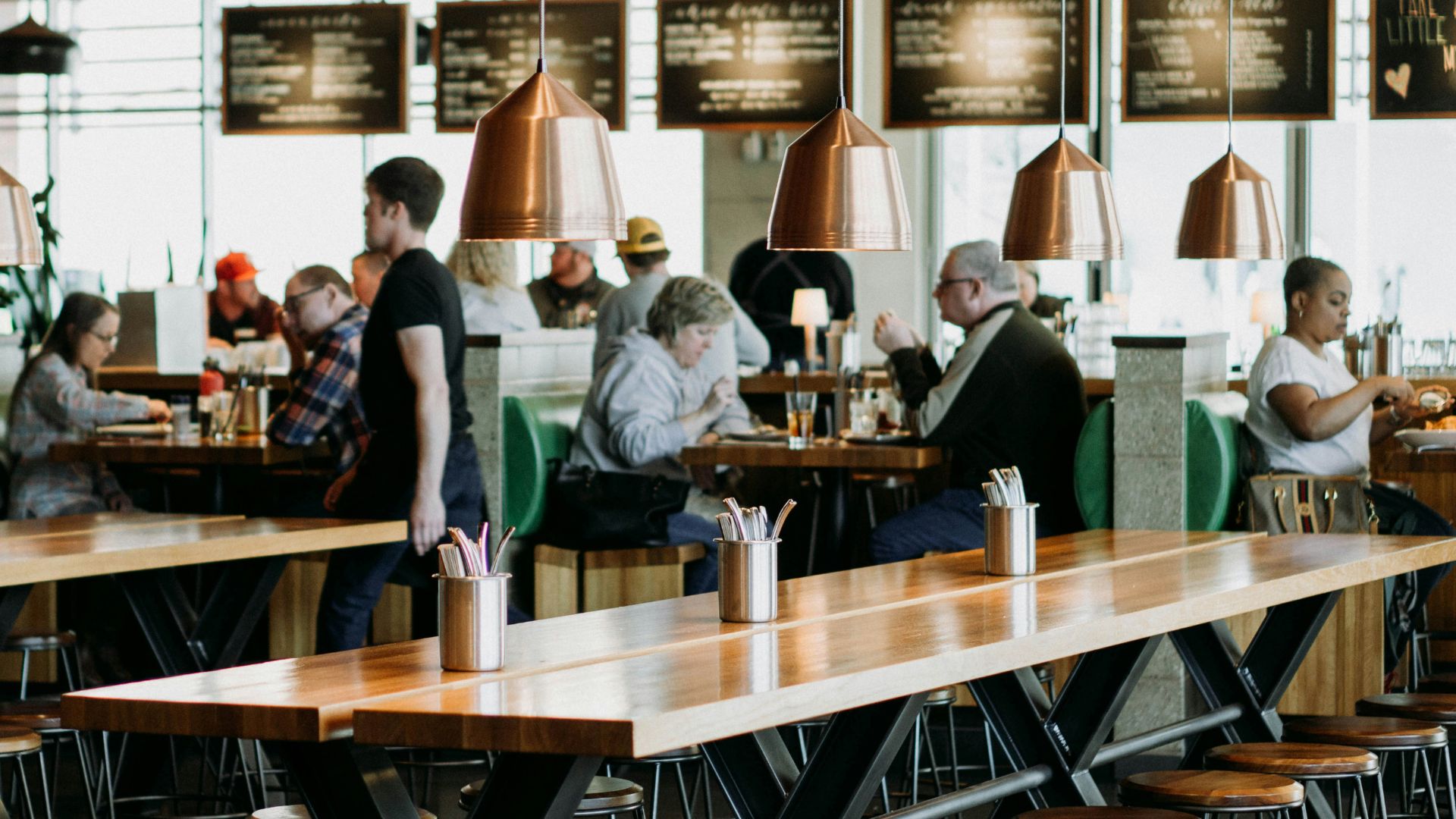
Restaurants might need to innovate their menus or streamline service models to absorb the financial impact of SB 478.
It would be fair for consumers to expect a rise in simplified menu offerings or the adoption of more cost-efficient ingredients.
Financial Consequences of Newsom’s Law

These changes would aim to maintain quality while managing new cost pressures, ensuring that businesses remain competitive without overtly inflating prices.
Without the inflated prices, restaurants may continue to experience regular dining patterns, ensuring that they don’t succumb to the financial consequences associated with Newsom’s new law.
The Ripple Effect on Local Suppliers

As restaurants adjust to the new economic landscape, local suppliers may feel the pinch. A shift towards more cost-effective ingredients could lead to reduced orders for premium products, impacting small-scale farmers and producers.
This chain reaction highlights the domino effect and widespread economic implications of SB 478 beyond just the restaurant tables.
Comparative Analysis with Other States

Looking beyond California, other states have also implemented similar laws concerning surcharges on credit card transactions.
While Colorado had banned surcharges until 2022, they reversed the decision and now allow for surcharges with certain restrictions. Oregon also has a similar law in place, which prohibits businesses from imposing credit card surcharges unless they meet specific criteria.
Legal Challenges and Industry Pushback

Since the announcement of SB 478, there has been a notable shock from the restaurant industry.
Legal challenges and pushback are anticipated as businesses argue that the law could hinder their recovery post-pandemic. These legal battles will likely shape how the law is implemented and possibly adjusted in the future.
Restaurants Adapting to the Law
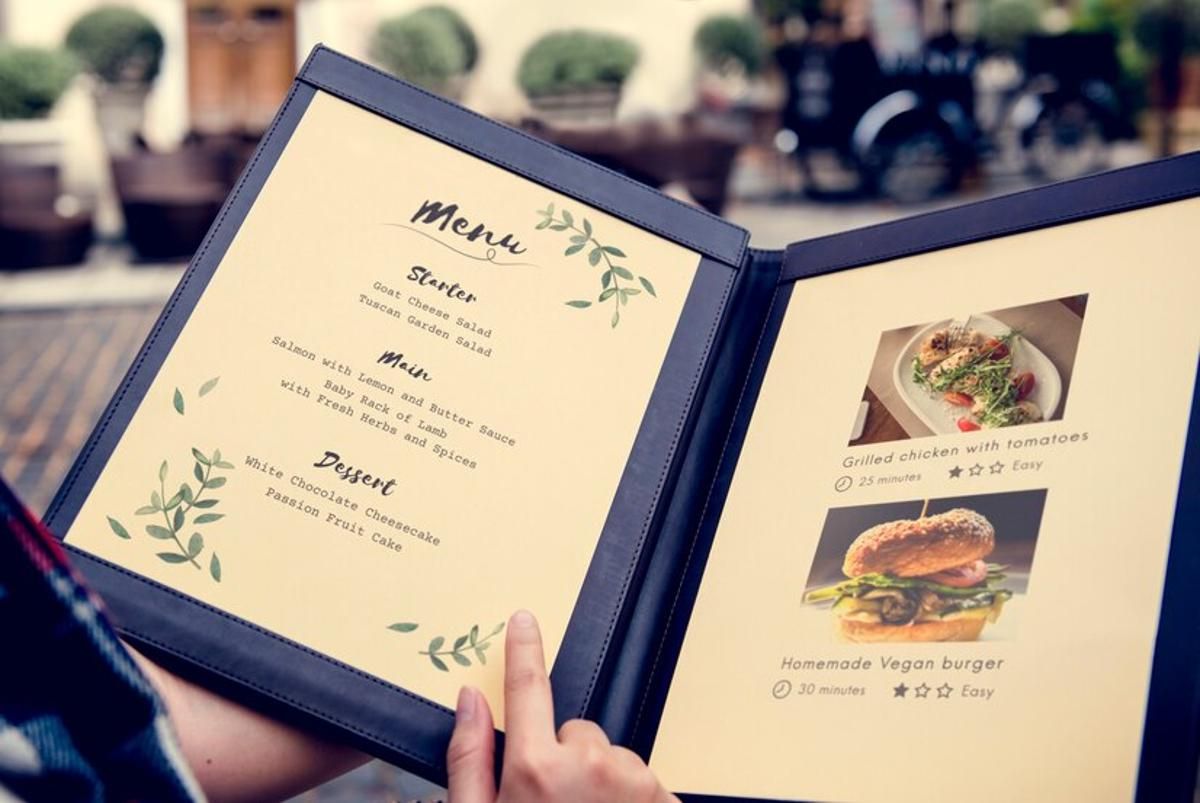
Several California restaurants are already pioneering new pricing strategies to comply with SB 478.
By integrating all costs into their menu prices effectively, these establishments offer a glimpse into a possible future where transparency drives customer loyalty and business sustainability.
The Role of Technology in Compliance

Technology plays a crucial role in helping restaurants adapt to SB 478. Advanced POS systems and digital menus can streamline the inclusion of total costs, making compliance simpler and more accurate.
Data-driven pricing strategies can also help businesses navigate the changes in customer behavior towards surcharges and provide insights into their impact on sales.
Long-Term Economic Impacts on the Restaurant Industry

The full economic impact of SB 478 will unfold over the coming years. Predictions include potential market exits by smaller restaurants and possibly a consolidation within the industry.
This evolving landscape will require continuous adaptation and could redefine dining out in California.
Consumer Advocacy and Reaction to the Law
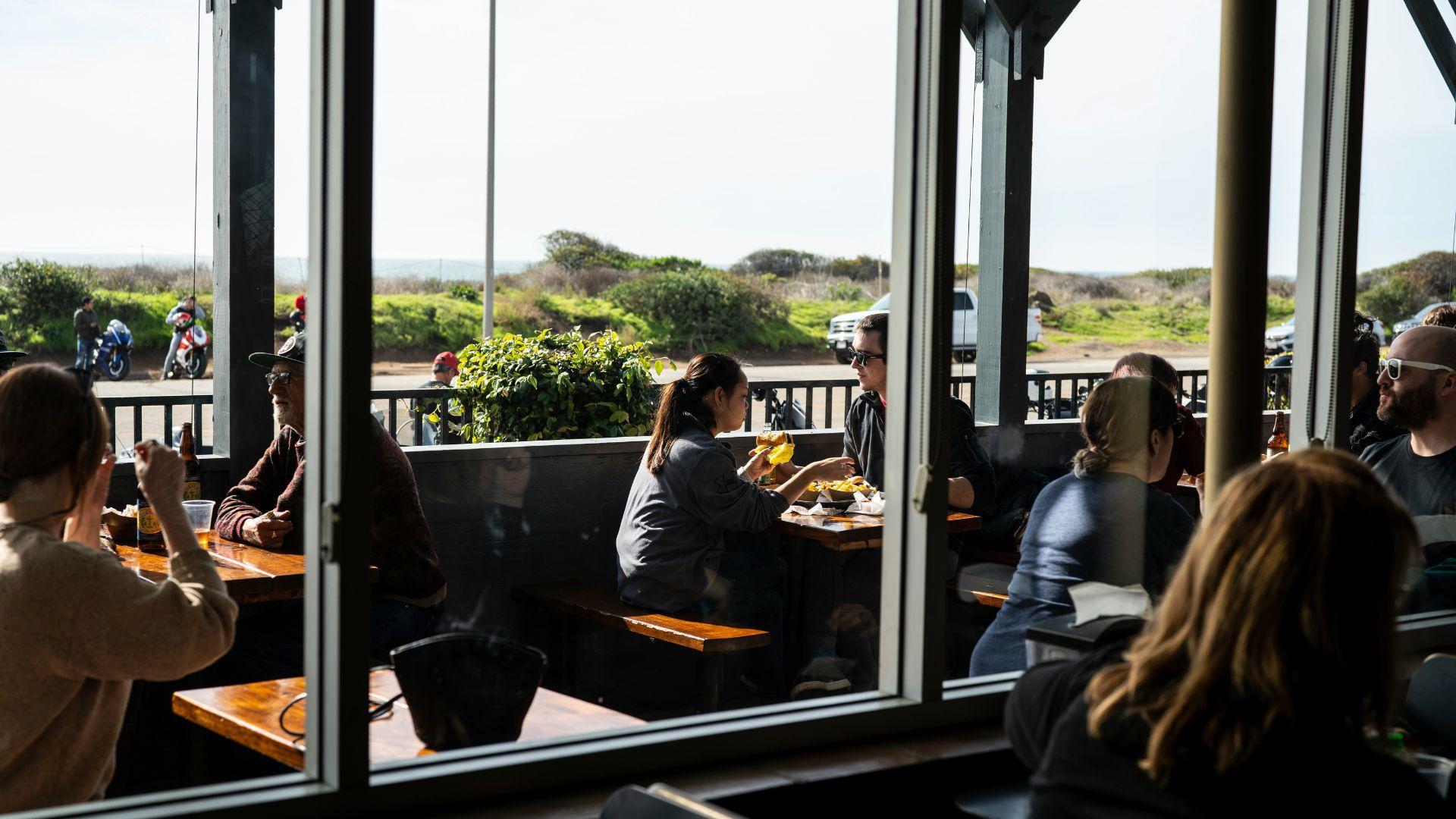
Consumer advocacy groups, having supported SB 478, applaud the increased transparency it promises.
However, feedback from diners will be a large driving factor as the industry adjusts.
Responses From Consumers

Positive consumer response to upfront pricing could reinforce the law’s intent to foster fair competition and clear communication.
Whereas, negative reactions could challenge its effectiveness and result in future changes which will place further stress on businesses.
Future Outlook

As SB 478 comes into effect, all stakeholders in the restaurant industry need to stay engaged in the ongoing dialogue to ensure its fair and effective implementation.
This law could set a precedent for other states, potentially leading to nationwide changes in how restaurants and other service industries display their prices.
